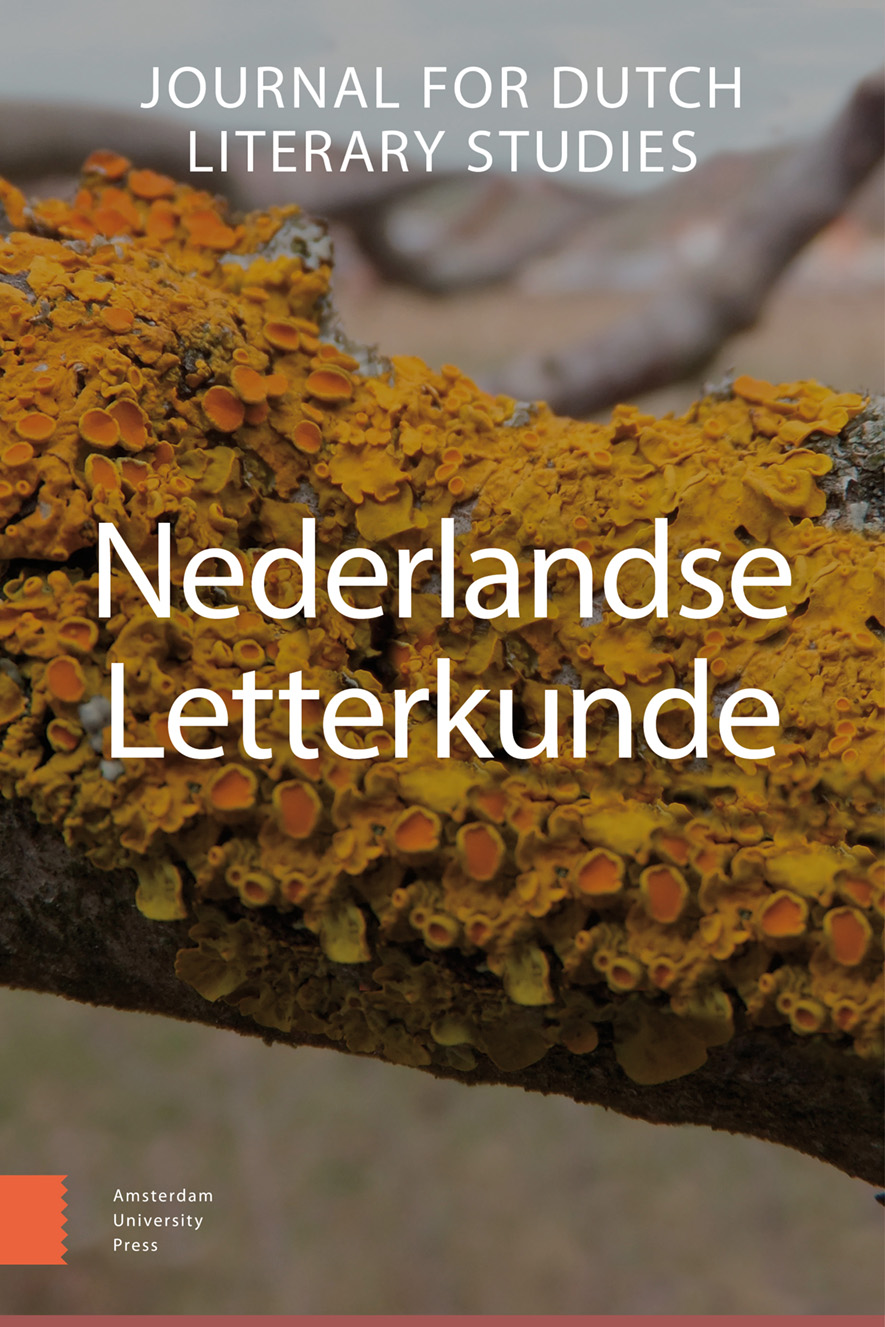-
oa De abele spelen, de ‘profane’ Miracles de Notre Dame par personnages en de veertiendeeeuwse Franstalige epiek - Aanzet tot een vergelijking van de ethische posities
- Amsterdam University Press
- Source: Nederlandse Letterkunde, Volume 18, Issue 1, jan. 2013, p. 1 - 25
- Vorig Artikel
- Inhoudsopgave
- Volgend Artikel
Samenvatting
The Middle Dutch plays Esmoreit, Gloriant and Lanseloet, three of the four abele spelen contained in the Hulthem Manuscript, not only belong to the earliest secular theatre literature that has survived from the Middle Ages, they are also the only texts of their time in which a dramatization of chivalric themes and ethics has been preserved. It is true that some of the Miracles de Nostre Dame par personnages, a collection of miracle plays staged by a confraternity of Parisian goldsmiths between 1339 and 1382, also have been inspired by chivalric romances and show a tendency towards secularization, but in essence they remain religious dramas and do not call into question the generic uniqueness of the abele spelen. But, as many scholars have observed, this does not preclude a possible relation, even of ‘influence’, on the level of the narrative contents, the subject matters or the dramatic structures as such. In this article, I examine the possible affinities between the abele spelen and those of the Miracles which have been deemed to be ‘more secular’ by literary historians, especially the relation put forward by Jacques Tersteeg between Esmoreit and Du roy Thierry, the 32nd of the Miracles. In contrast to Tersteeg I argue that Du roy Thierry was not the (or a) source of Esmoreit, but that both have been inspired by the epic romance Theseus de Cologne (probably about 1364). As Gloriant on the other hand appears to have drawn a number of its central features from Baudouin de Sebourc, another chivalric romance so to speak contemporaneous of Theseus, it becomes apparent that the abele spelen are first of all related to these two French romances - and perhaps a few others - from the (beginning of the) second half of the fourteenth century. To conclude, I conduct a tentative exploration of what these observations imply on the level of comparative ethics and ideology.


